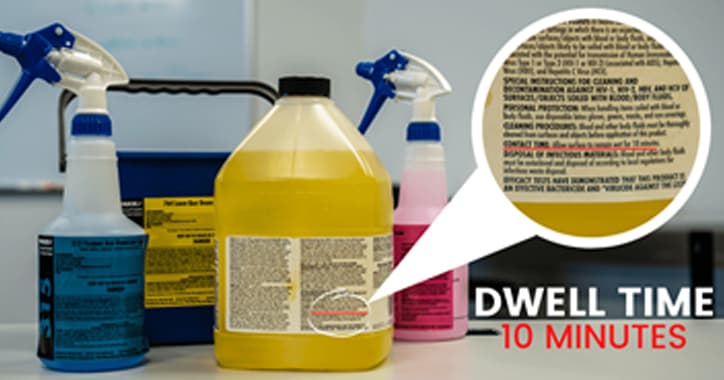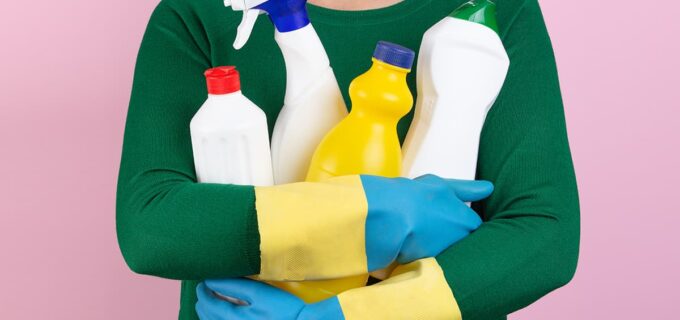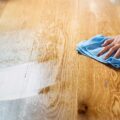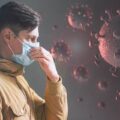As the SARS-CoV-2 (COVID-19) virus continues to silently spread in our communities and those abroad, it is important to protect ourselves and our loved ones by keeping our homes and workplaces free of the virus. Whilst masking up, temperature taking and safe distancing help to minimise the spread of the virus, it is easy for an infected person to transfer viral particles to surfaces through touch. Even a brief and light touch with a wet droplet containing the virus on a surface can transfer it to a finger. Infected people can shed a large amount of virus, so the amount transferred can be quite significant even if the surface is dry. Studies have shown the virus can survive for at least several hours on the skin. Thus, contaminated surfaces, especially non-porous surfaces, can transfer the virus to the skin, even if the virus suspension has dried. With all this knowledge it is important to know how to tackle the spread of COVID-19.

Disinfectants are a great aid to be used when conducting day to day mechanical cleaning of both your home and workplace. Disinfectants usually comprise chemicals that inactivate or destroy microorganisms. When purchasing these disinfectants, it is important to ensure that they are effective against the COVID-19 virus and have been tested to prove efficacy.
You can also use alcohol of greater than 70% concentration or bleach in concentrations greater than 0.1%. However, it is important to note bleach solutions should be made every 24 hours. Bleach exposed to heat and light quickly loses potency. The US EPA states bleach requires contact with surfaces for at least 1 minute to ensure sufficient disinfection. Some studies have shown similar times are required for alcohol; however, the EPA recommends 5 minutes.
The downside to disinfectants is that they are only effective on application and lose potency once they are dried. For high touchpoints such as pantry equipment and toilets, likely, the janitors will not be able to keep up with the rate of usage and disinfect the surfaces more than a few times a day. This can unknowingly lead to the spread of COVID-19. These areas are especially dangerous as there is a higher likelihood that surfaces are wet and can easily transmit the virus.

Antimicrobials coatings are agents that kill microorganisms or stop their growth over extended periods. These coatings overcome the “one off” nature of disinfectants. These agents can be applied as a direct replacement for disinfection and there is no issue about dwell time as they continue to be effective weeks or months after application. These coatings can bond to the surface to ensure that they do not get removed by common cleaning and housekeeping that would affect regular disinfectants.
Works Against Germs at the Molecular Level
The benefit of this residual, consistent protection, is that high touch points pose a much lower risk of transmitting viral and bacterial pathogens. The use of antimicrobial coatings on surfaces reduces the need for harsh cleaning agents and disinfectants required to deal with stubborn microbes in public facilities. This gradually leads to a reduction in the environmental impact of using these cleaning agents in buildings, especially medical facilities. However, it is important to note that not all antimicrobial coatings are created equally. Some may transfer onto hands and other surfaces over time and may not be safe for application on high touchpoints. It is important to understand the basic chemical, physical, and biological properties of an antimicrobial coating before use. Natural antimicrobial metals such as copper alloys and silver are effective in naturally neutralising microbial pathogens but can take much longer to destroy them. COVID-19 can last up to 4 hours on copper surfaces.
It is important to get in touch with professionals to understand what type of disinfection or antimicrobial coating is ideal for your home and workplace to keep you safe from COVID-19 in these trying times.




